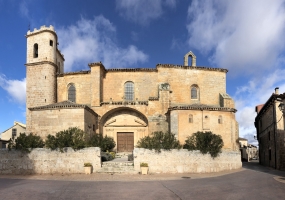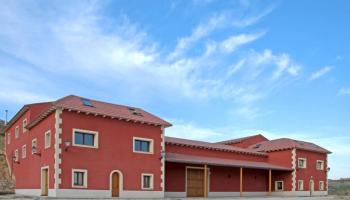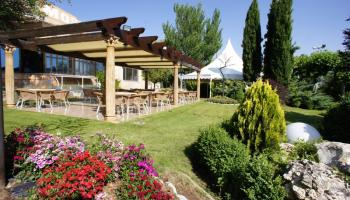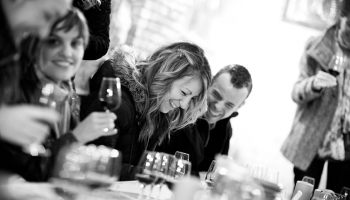

The parochial church is dedicated to the invocation of Santiago Apóstol. It is known that there was an old parish church in Quintana, of Romanesque origin. Its only vestiges are a boarded-up door with a semicircular arch between the altar and the pulpit; a semicircular arch window moves to the south wall of the temple and the baptismal font, an authentic jewel for its antiquity. However, as it happened in many other populations throughout the centuries, due to the population growth the sacred space remained small, so it was necessary to undertake large expansion works that gave rise to the current building.
The building of the temple is Renaissance (XVI century). Inside the church there is a Renaissance-Mannerist main altarpiece (late 16th century), which includes the reliefs of Santiago Matamoros and two others from El Nacimiento. Also highlighted in the pulpit are its bas-reliefs representing the four evangelists. The canvases of the main altar, the collateral altarpieces, the images of the chapel of the Christ and the cover of the church, can properly be attributed to the baroque (17th century). The altar of San Sebastián and that of the chapel of the Christ belong to the Baroque-Rococo (18th century).
The plant of the temple is of the denominated type saloon or basilical, being integrated by a single ship.
The roof of the temple is also composed of a ribbed vault.
The whole of the factory, by the type of vaults, attached pillars and columns shows that it is a work made throughout the sixteenth century.
Location
Suggestions
Winery
Bocos de Duero
Restaurant
Aranda de Duero
Accommodation
San Esteban de Gormaz
Shop
Aranda de Duero
Museums
Peñaranda de Duero
Leisure
Peñafiel











